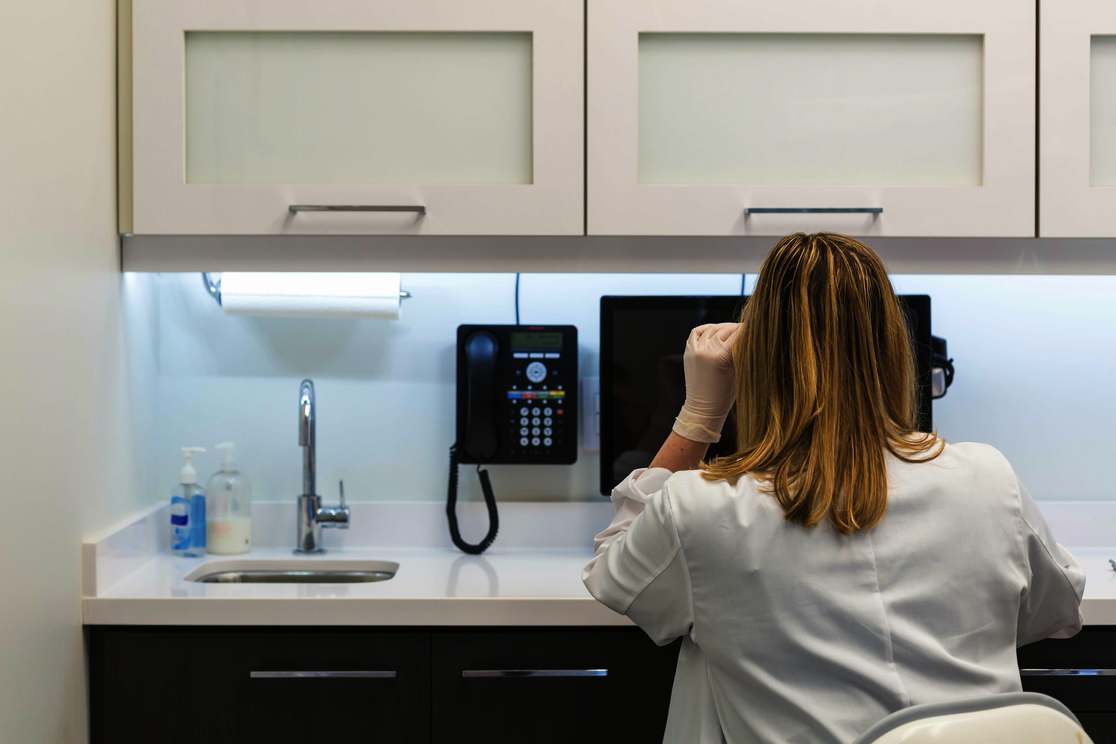Proper Storage of Your Dosimeter

A dosimeter is a small device with a big job: monitoring radiation exposure levels. Dosimeters are often used by healthcare workers who work with radiation, such as medical imaging technicians, radiologists, interventional cardiologists and dental hygienists. Since radiation can’t be seen, smelled, or tasted, it is impossible to know if or when exposure occurs that could cause serious, long-term health issues. That’s why healthcare workers wear dosimeters to track daily and cumulative radiation dose. A dosimeter is most effective when used and stored properly. Here are four guidelines to keep in mind when storing your dosimetry badge:
- Do not store a dosimeter in checked baggage during travel. Checked bags are passed through computed tomography (CT) machines, which emit high levels of radiation. If a dosimeter is inside the bag, it will record that radiation, which will result in an abnormally high exposure reading. If the reading exceeds ALARA (As Low As Reasonably Achievable) Level 2, a questionnaire is included to aid the facility in obtaining answers from their participant about why the ALARA Level was exceeded.
- Do not leave a dosimeter unattended in a treatment area. If a dosimeter badge is left in a treatment area it may register scatter radiation that occurred during the treatment of patients and not reflect actual exposure to the individual who is supposed to be wearing the dosimeter.
- When a storage rack is provided, always return the dosimeter to its proper place at the end of the day. Storage racks should be situated away from any scatter radiation; therefore, when a storage rack is used, there should be no reason the badges would be subject to accidental radiation exposure. If a storage rack is not available, make sure to store the dosimeter in a safe place away from any accidental exposure.
- Consider replacing an old film dosimeter with the Instadose+TM Film dosimeters must be collected every few months and processed before it can be determined how much radiation dose exposure occurred. If there was a high exposure reading, it is quite possible the person who the badge belonged to does not recall what might have triggered the high reading – improper storage, bad practices, equipment malfunction/defect, or other factors. The Instadose+ dosimeter is a smarter radiation monitoring technology that allows immediate download of exposure readings with the use of a laptop or mobile device. Immediate access to reading levels means immediate identification of hazardous exposures (versus the 1-3-month delay associated with the processing and reporting of traditional dosimetry badges) and eliminates the time-consuming tasks associated with collecting, returning, processing and redistributing badges.


